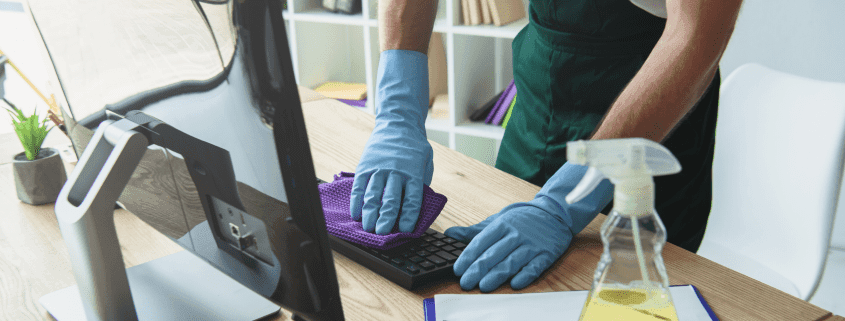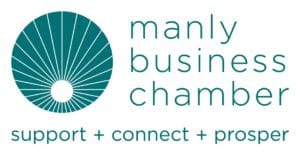Latest News
Have you ever wanted to volunteer? How about now? Optimal Recruitment has partnered with Manly-based charity Royal Far West to bring you some fantastic volunteering opportunities.
Founded in 1924, Royal Far West (RFW) connects children in remote and rural areas of Australia to the developmental and mental health and healthcare services they need. Today, RFW is reaching out for help from volunteers with expertise in a number of sectors.
If you have some time available, please read on. This is a great chance to give back to the community and make a difference to the lives of others. It’s also a chance for you to gain new skills and experience, expand your network and enhance your resume.
Marketing/ PR / Media / Fundraising and Events
- Media and PR Strategy: developing a grassroots community fundraising execution plan
- Video Content Creation: showcasing and promoting RFW fundraising initiatives
- Copywriting: website and community newsletters
- Fundraising Engagement Strategy: engaging local business
- Event Sponsorship / Partnership Strategy: enabling mutually beneficial partnerships
Tech / Finance
- Technology Maintenance, Processes and End-of-Life-Planning (CISCO)
- Corporate Governance: systems analysis and creation and implementation of corporate governance structures
Health Business Support
- Change Management and Communication: creation of a model for introducing change within the organisation
- Work From Home Model: design and implementation of a more effective framework
- Stepped Care: analysis of current position; improvements to service delivery
- Customer Journey and Internal Process Mapping: streamlining processes to ensure effective delivery
- Professional Online Training: design and implementation of clinical resources for teachers, parents and carers
To find out more about these opportunities, please send us an email or give us a call on 02 8416 4181. We would be happy to put you in touch with our contact at Royal Far West.
#we are all in this together

Optimal Recruitment
Optimal Recruitment specialises in sourcing, screening, interviewing and shortlisting candidates for temporary and permanent roles on Sydney’s Northern Beaches, Sydney, NSW and Interstate. We deliver recruitment solutions on time and on budget.
Employers
Job Seekers
Optimal Recruitment
Contact Details
307 /20 Dale Street, Brookvale NSW 2100
02 8416 4181
info@optimalrecruitment.com.au
Our offices are a 400m walk from the BLine bus stop at Warringah Mall
 Optimal Recruitment
Optimal Recruitment














